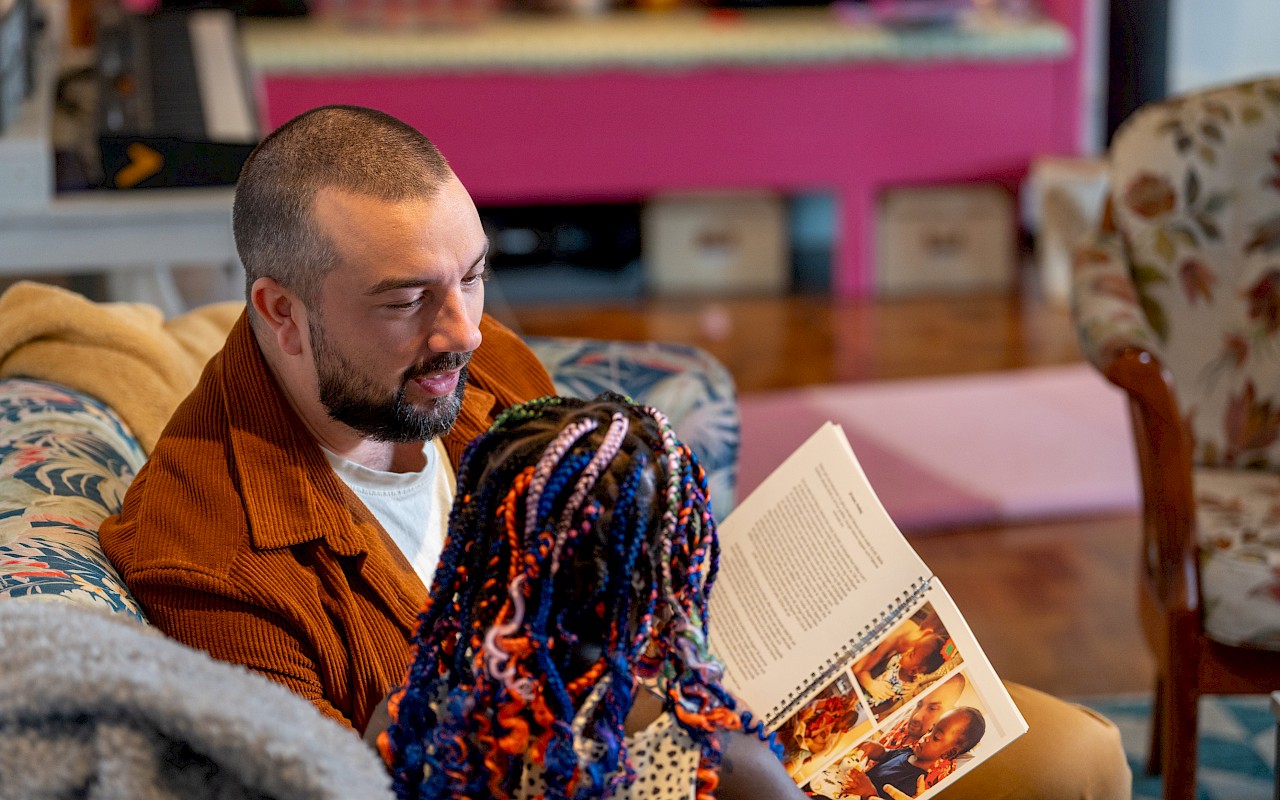
At Viedoc, we're driven by a passion for greater discoveries, relentlessly working for a healthier world. Our award-winning software is at the forefront of accelerating clinical trials, turning complex processes into simple tasks. This commitment isn't just about innovative technology; it's about making a tangible societal impact. Embracing UN Sustainability Goal 3, we've launched a campaign offering free licenses for research dedicated to ending epidemics, including HIV.
From the grim prognosis of HIV in the 90s, we now see a transformed landscape where the condition is manageable, thanks to medical advancements powered by clinical trials. Our mini-documentary tells the story of a young child, born with HIV in Africa and later adopted by a Swedish family. Their shared journey underscores the importance of dismantling HIV-related stigmas and highlights the role of breakthrough treatments in ensuring full, meaningful lives for patients.
Join us in this article and the accompanying short film as we delve into the life-changing impacts of pharmaceutical innovations on a family in central Sweden: Dan, Lisa, and their daughter.
Dan is an inspector at an agency that regulates the Swedish energy market, while Lisa is a head teacher at a preschool. Their adopted daughter was born in South Africa to a mother diagnosed with HIV.
During the years 2011 to 2020, according to the National Board of Health and Welfare(1) in Sweden, more than 300 children are adopted internationally by Swedish parents yearly. The children are often from low-income countries in Africa, Southeast Asia, Eastern Europe, or Latin America. There are no specific entry or residence regulations(2) for people living with HIV. Neither a medical certificate nor an HIV test result is needed when entering the country.
In contrast, adoption application rules are strict(3). Most children placed for international placements have some form of medical diagnosis—the most common being that they were born prematurely. All children are tested for syphilis, hepatitis B, and HIV before they are put up for adoption.
“When you adopt a child from another country, you must decide if you are open to having a child with special needs,” explains Dan. “Special needs can be anything from missing a finger to more severe things. And then you get a list to check the boxes for things like hearing disabilities: Yes or No. We had to make some choices there.”
He continues: “We were thinking, what could affect the rest of our family? What should we choose? It took a couple of weeks or months for us to decide. We went to a lecture that the adoption agency organized, and a nurse talked about HIV: what it was, how you take care of it, and that it's not a big problem anymore.”
Soon after, Dan and Lisa got a phone call informing them that a child, a girl, in South Africa was available for adoption. They would have to decide if they wanted to adopt her. They excitedly received the relevant papers and a picture of her medical journal.
“When we read the journals, we saw that she's got HIV, but it's taken care of,” says Lisa. “We arranged a meeting with the nurse at the adoption agency and invited everybody who was a relative to us or a friend who wanted to know more about HIV. The nurse explained everything, and everybody asked their questions. That's the preparation we did. Then we went to South Africa.”
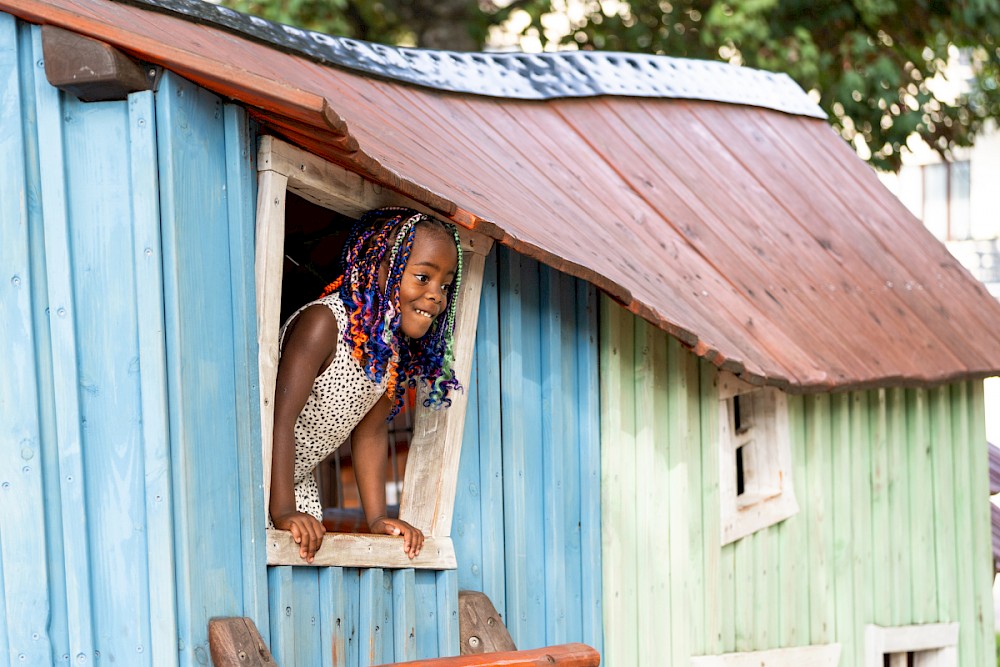
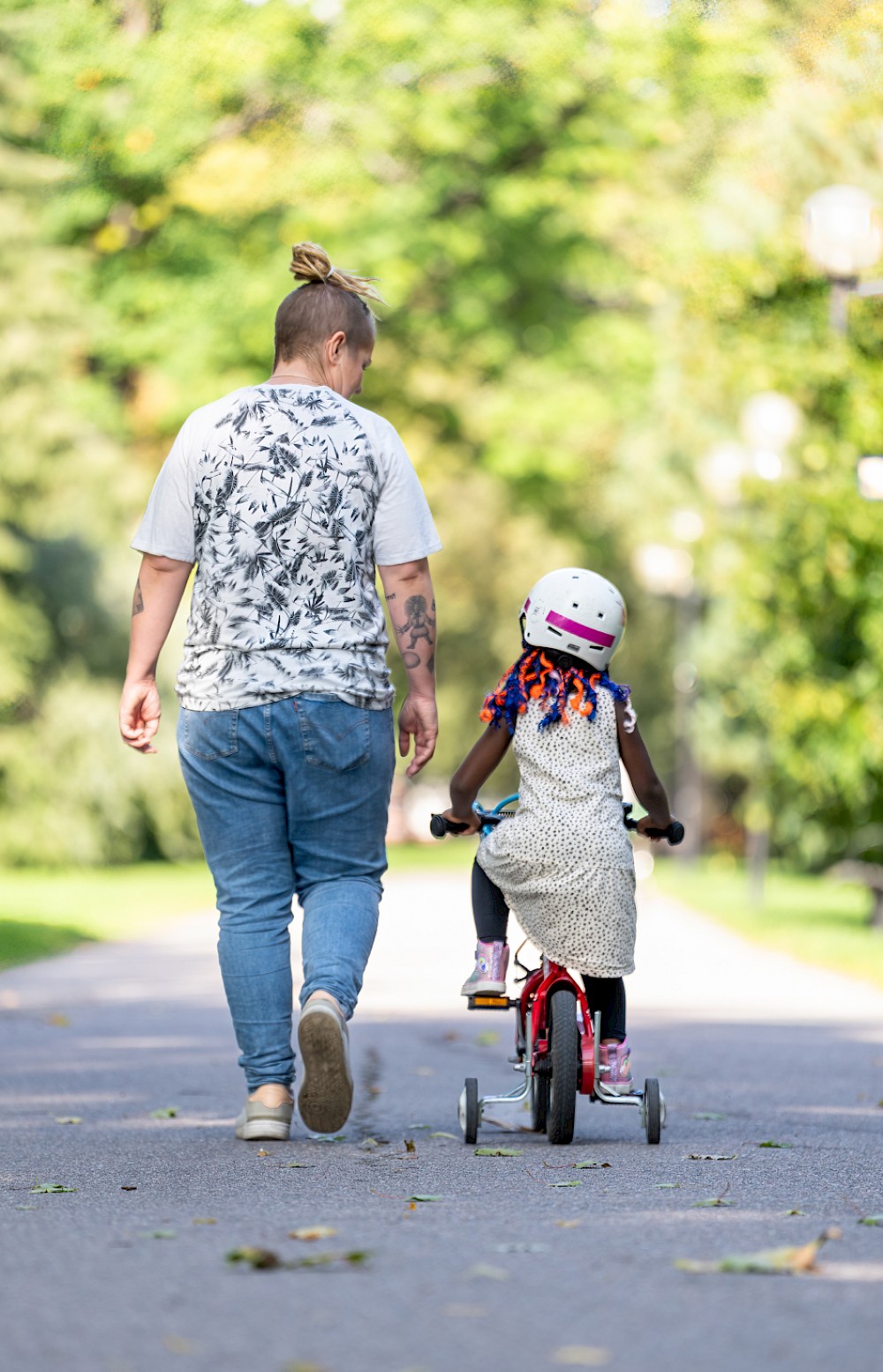
A quarter of South African women aged 15–49 are HIV positive, and people living with the disease experience discrimination on an ongoing basis.
Moving to Sweden would offer their daughter a future in a country where medicines are widely available through the national healthcare system—and stigma around the disease is minimal.
“Of course, we had concerns (about our daughter's diagnosis), and we still do,” says Lisa. “Before I knew anything about HIV, I was scared and would call the adoption agency asking what would happen if she fell when we went to the swimming pool. Or if, what will her friends and their families say if she gets invited to birthday parties?”
Thankfully, they needn’t have worried. “HIV has been nothing to worry about,” adds Lisa. “I think that is because the reaction has been zero. Even at our daughter's preschool, we asked, and they're like, ‘Oh, no, we never think about it.’”
Dan and Lisa had other things to consider—like how to be great parents. “It's more about adopting a child and taking a human being from one place to another. That’s morally challenging. But now she is my daughter. That's it.”
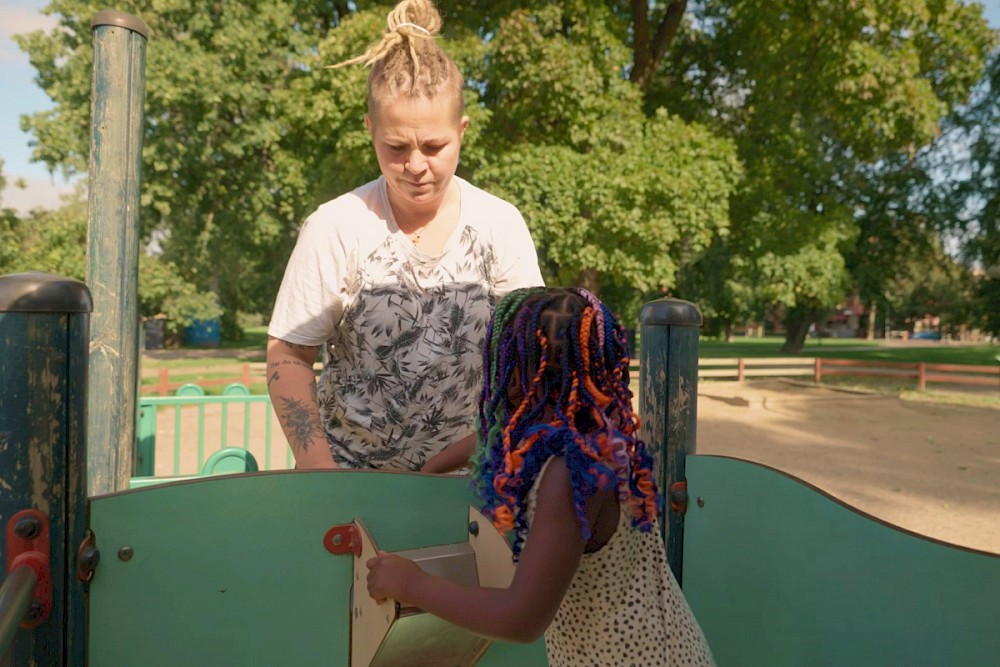
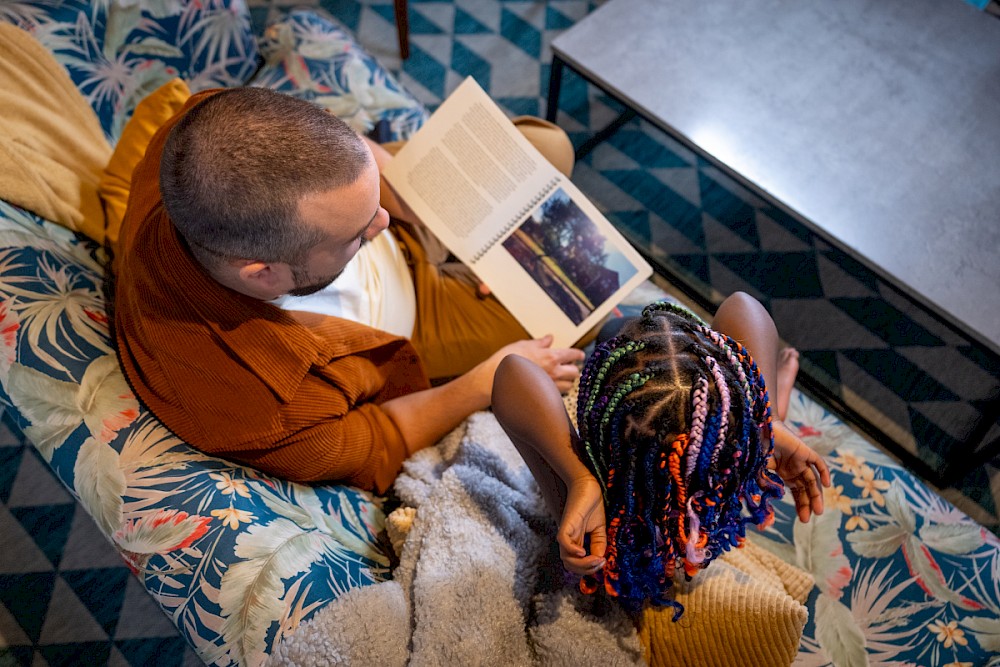
You often hear today that women living with HIV can have children and live like everyone else. Such are the advancements in medicine over the past 30 years propelled by the clinical trials industry.
It is now possible for fertilization, pregnancy, and childbirth to take place without HIV being transmitted. With effective anti-retroviral treatment (cART) during pregnancy, delivery, and breastfeeding, UNICEF estimates(4) that the risk of someone diagnosed with HIV transmitting the virus to their child can be reduced to 5% or less.
Their daughter and her family live everyday lives thanks to a daily Combination Antiretroviral Therapy (cART)—a combination of drugs that are used to keep HIV infections under control.
During the 1990s, the term used for combination HIV therapies was ‘highly active antiretroviral therapy,’ or HAART. However, since approximately 2010, medical literature has progressively shifted to using cART to describe these therapies.
“The HIV virus must be put down or put to sleep by three medicines,” says Lisa. “I don't know why it works this way, but it must come from three angles. She takes one of the medicines once a day and two of the medicines twice a day.”
“The benefits of the medicine for our daughter’s life are huge. She gets to live a normal life. HIV infection is a very treatable virus,” says Lisa.
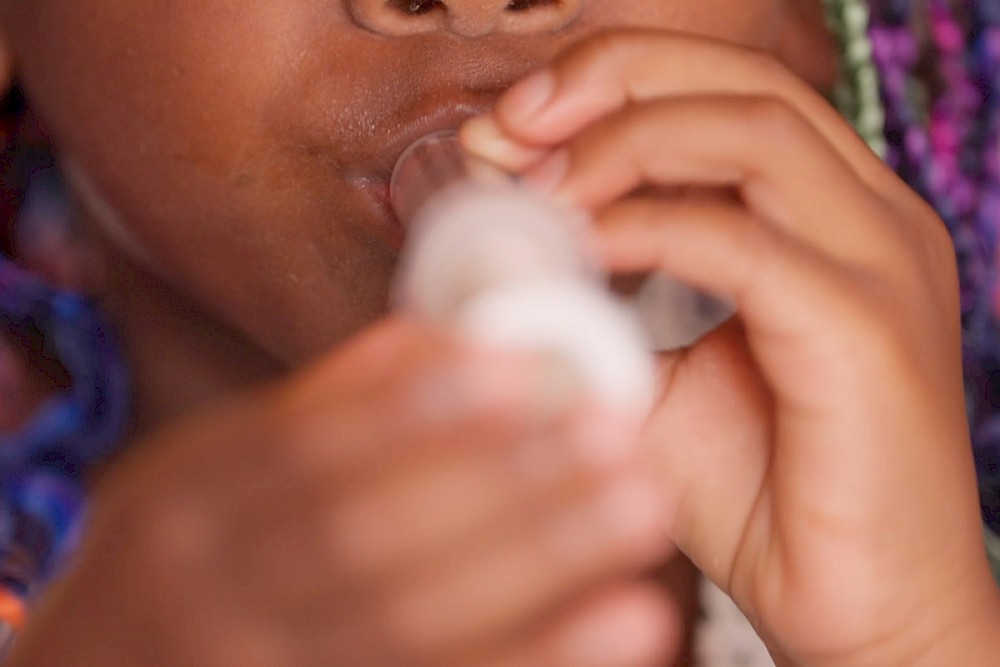
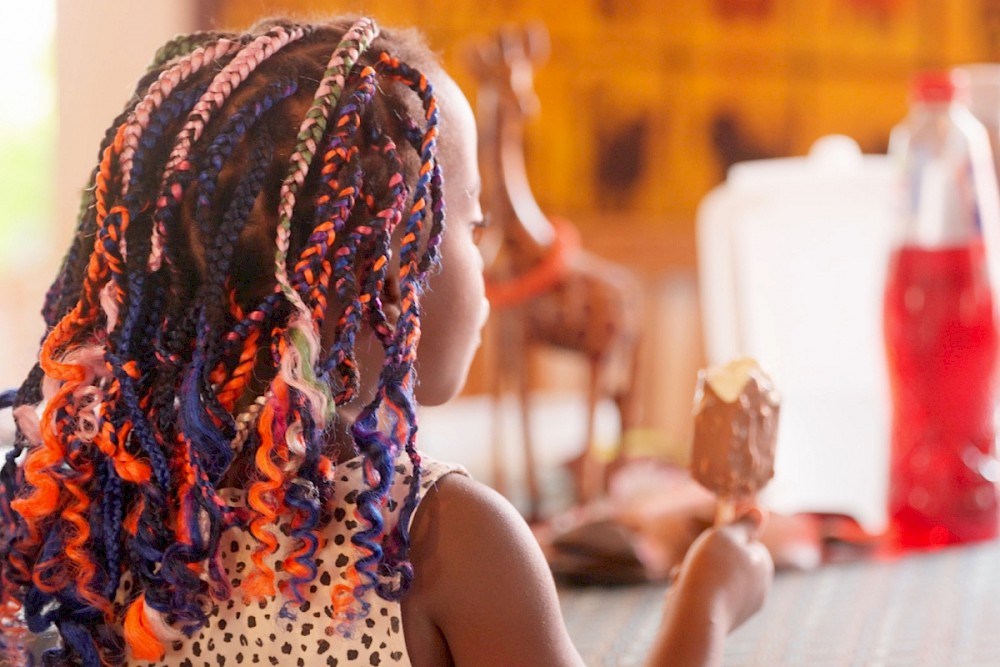
Clinical trials play a crucial role in modern medicine by serving as a structured and systematic way to evaluate the safety and efficacy of medical treatments like cART. They provide the foundational evidence upon which medical decisions are made by testing novel ideas, therapies, and technologies. They are essential for advancing medical science and improving patient outcomes over time.
At Viedoc, we craft interactive software to modernize clinical research, speeding up the delivery of vital treatments to those in need. Our approach involves fusing technology with innovative design principles to simplify and streamline traditional processes within clinical research. In essence, Viedoc enhances every side of a clinical study, resulting in more significant breakthroughs with a positive impact and the potential to improve lives like those described here.
Our unwavering commitment to challenging the status quo has been our driving force for nearly two decades. In all our endeavors, we are dedicated to creating a healthier world for families like Dan, Lisa, and their daughter by constantly looking for superior, more efficient solutions that cater to the requirements of both our users and humanity at large.
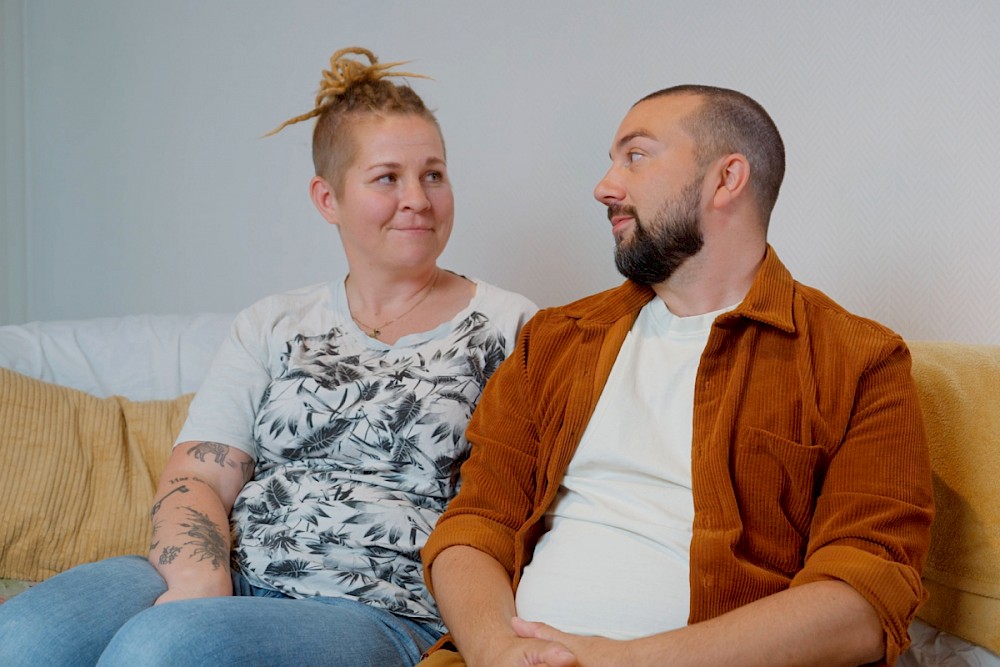
Are you eager to learn about our commitment to UN Sustainability Goal 3? Check our release article and eligibility criteria to learn how to apply.

"Data capturing has been made easy because of viedoc, it is incredibly robust and easy to navigate"